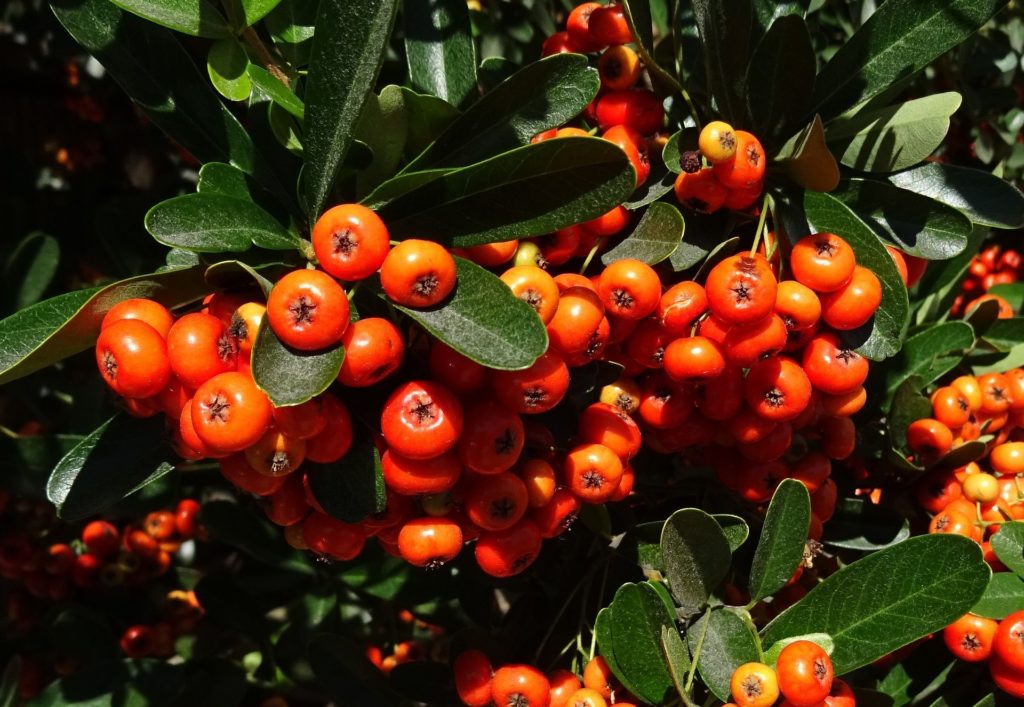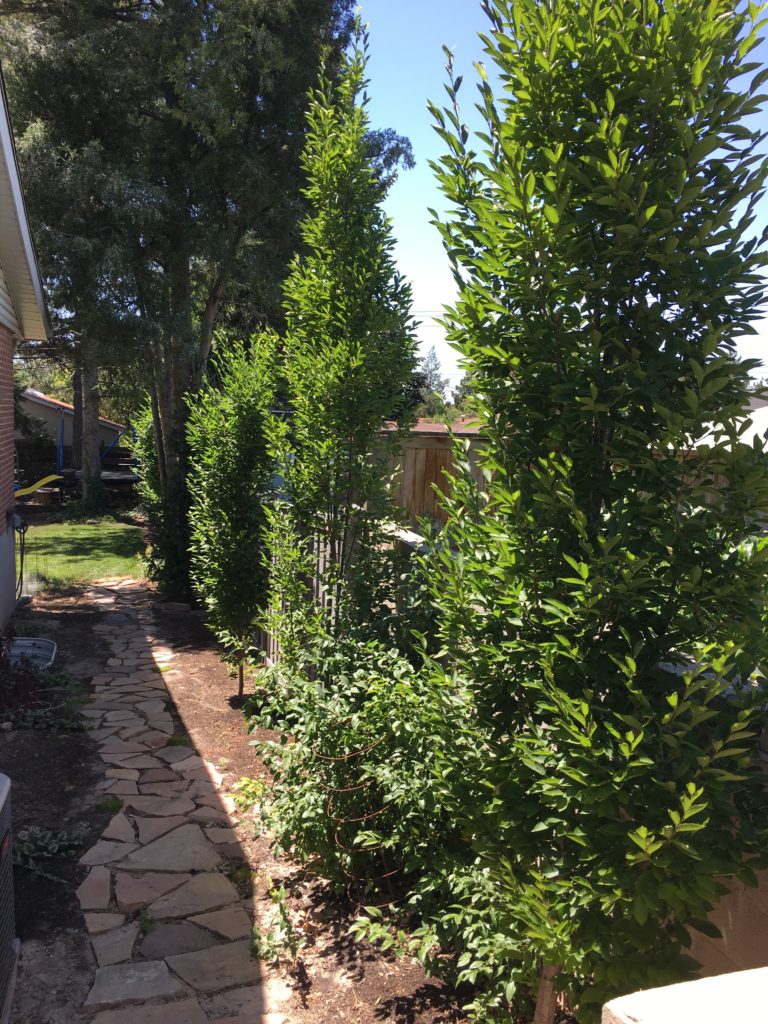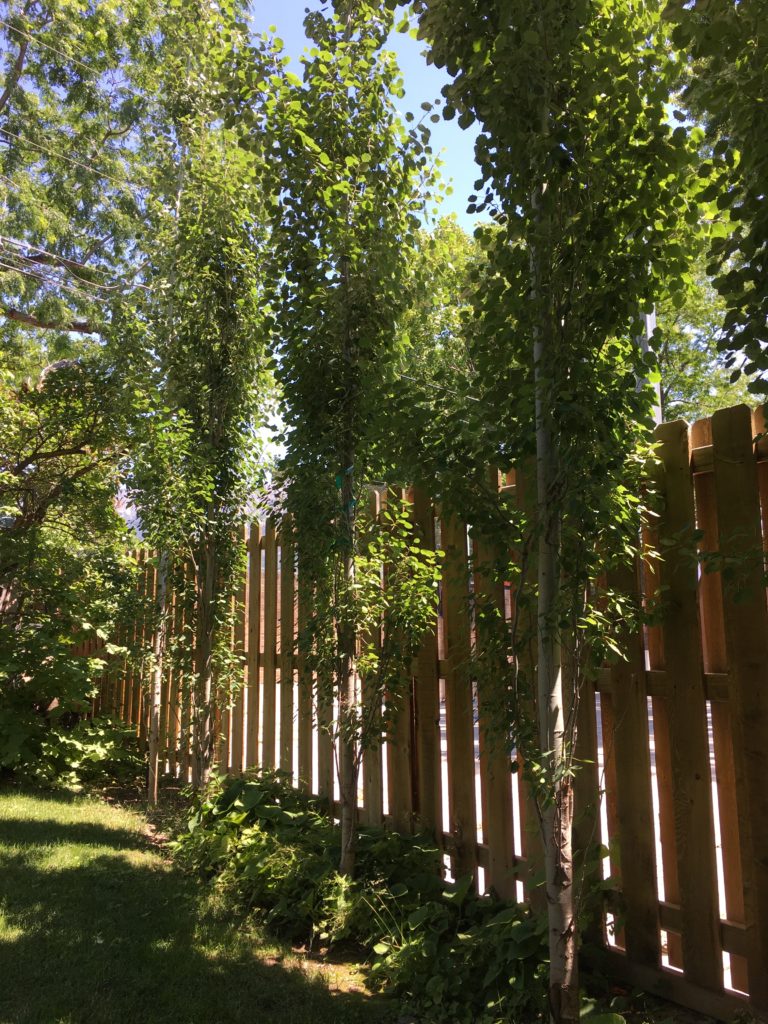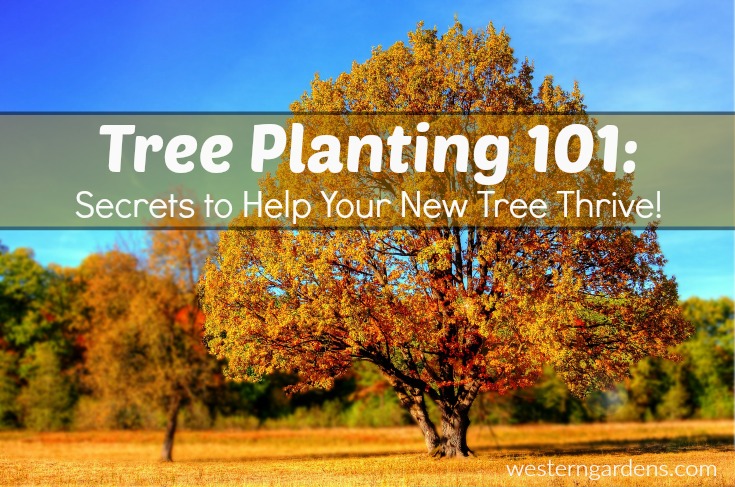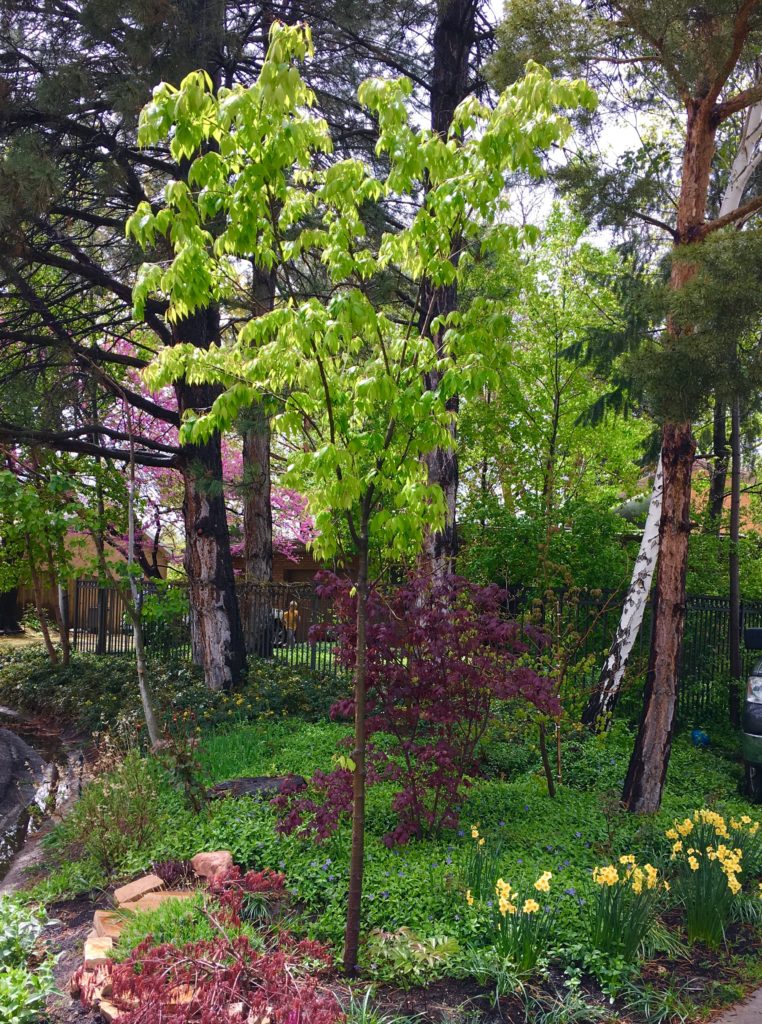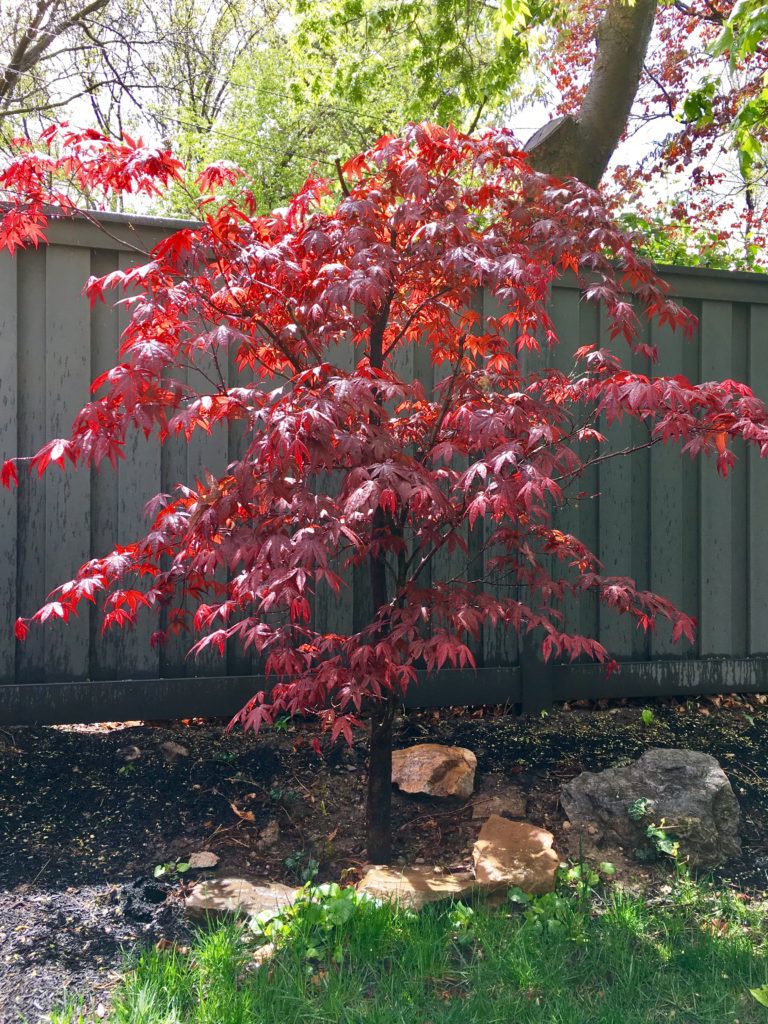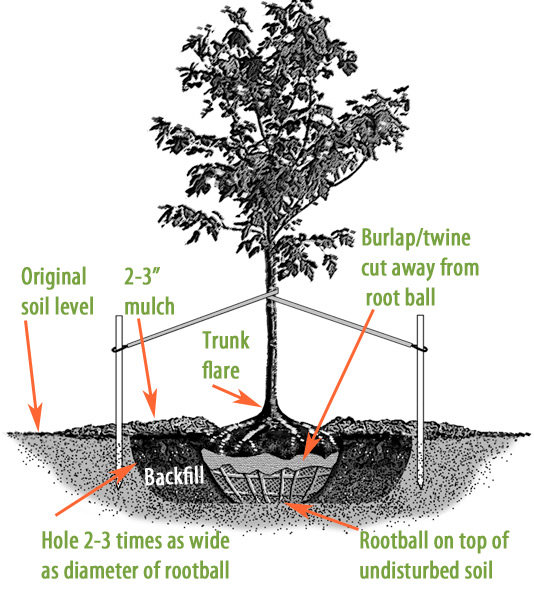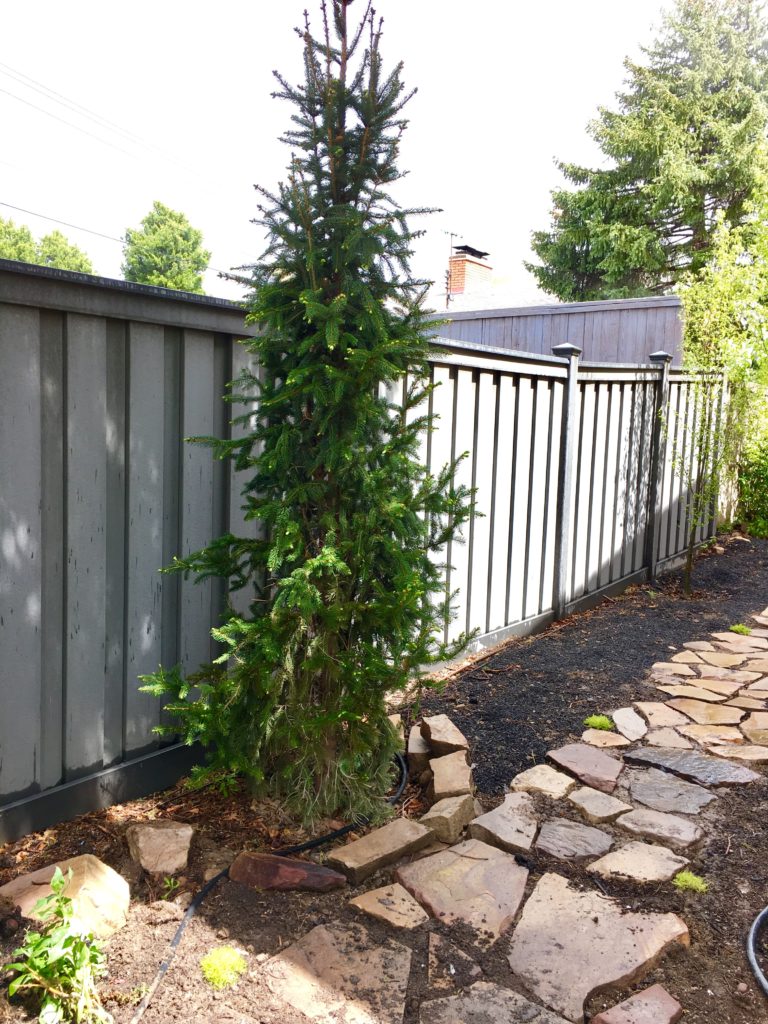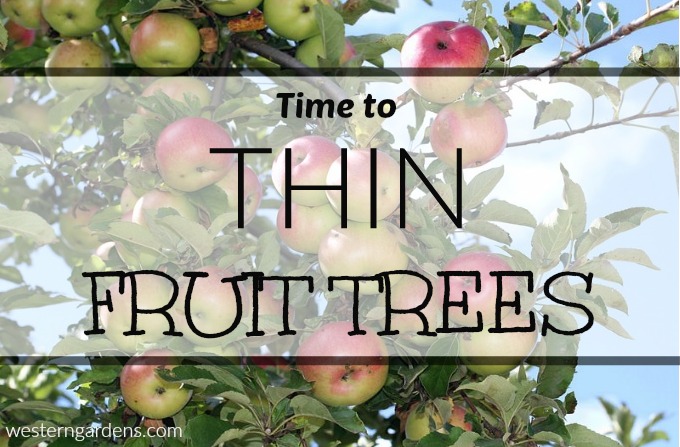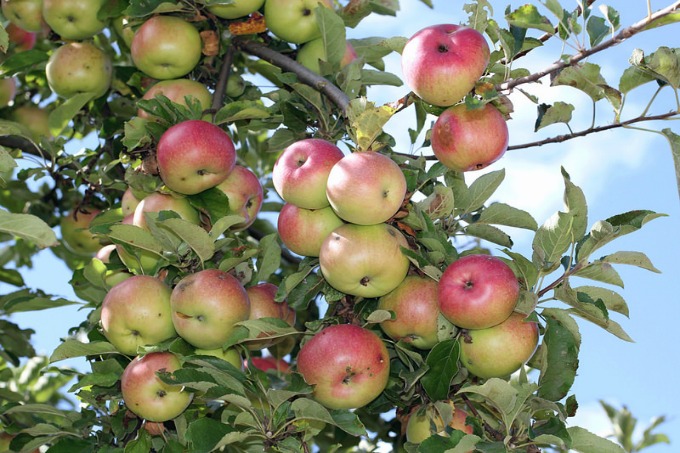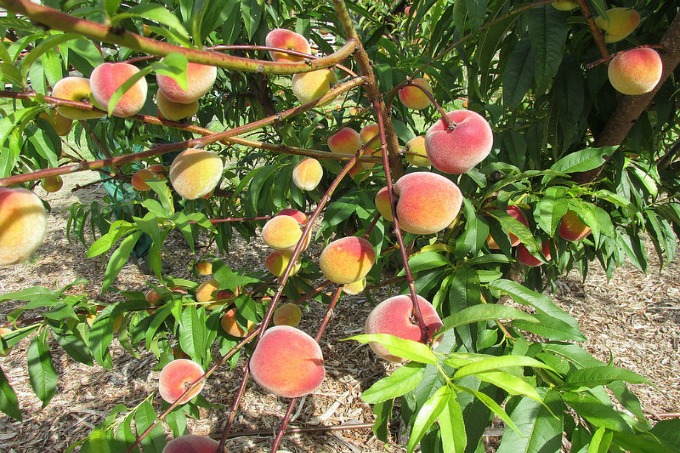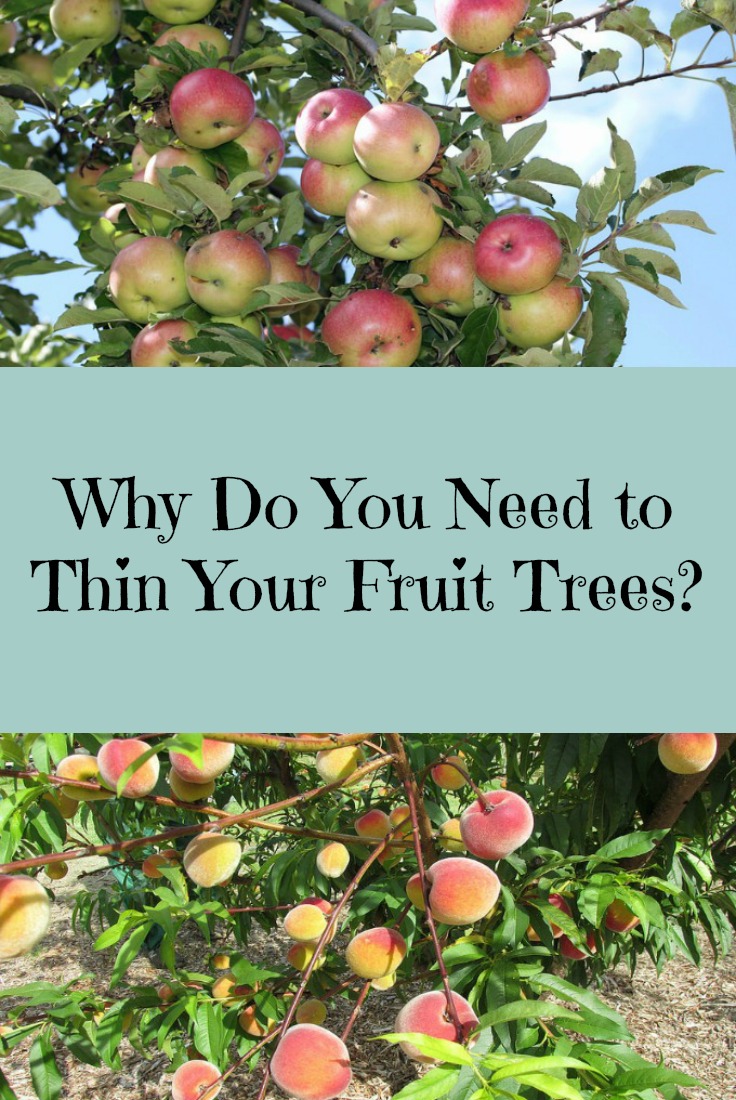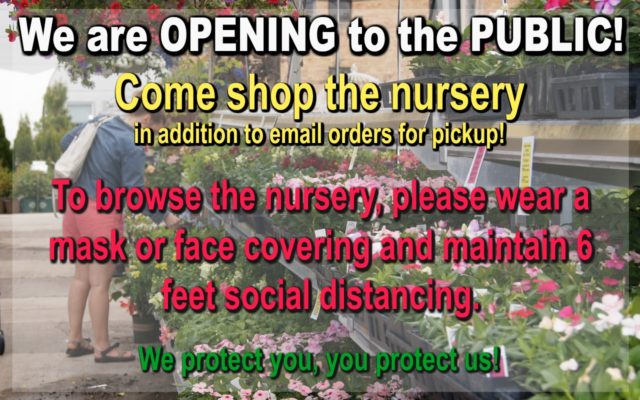
Dear Valued Customers:
We have opened our gates to the public! Store hours on Saturday are 10-6 pm. Beginning Monday the 27th, store hours will be 9-6 pm.
Please know that we take Covid-19 seriously and aim to protect YOU AND OUR EMPLOYEES. Therefore, we are doing the following:
- Sanitizing common surfaces continually throughout the day. This includes shopping carts.
- Installing plexiglass barriers at checkout stands.
- Requesting our employees AND customers to adhere to the CDC recommendation to wear a mask or a fabric covering while in our store. A bandana can work just fine.
- Requesting our employees AND customers to adhere to the CDC recommendation to maintain a 6-foot social distance as much as possible. We have 6 feet markers throughout the store. One way to figure is that one of our shopping carts is approximately 3 feet, imagine 2 carts. ***PLEASE*** when picking out your favorite plant, be aware of your spacing. We all need to be patient during this crazy time! If you need to pass someone in the aisle, walk past and do not stop to talk. Using common sense and being courteous will help everyone have a good experience.
- Use CREDIT CARDS if possible.
- No Public Restroom and drinking fountain.
- Customers may still order via email with parking lot pick up the same day or next business day. Due to the heavy volume, no more phone orders or in-the-parking-lot orders can be accepted. All our employees are busy inside servicing the in-store customers.
Salt Lake Store: [email protected]
West Valley: [email protected]
No Garden Consulting at this time.
We appreciate your cooperation to protect our employees and our other customers. It means a lot to us.
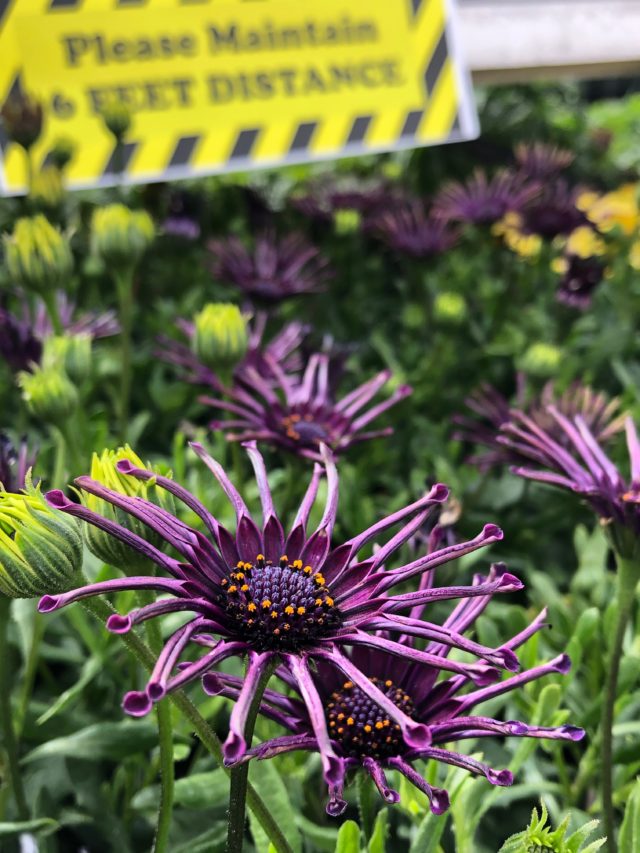
We remind you of the other CDC recommendations:
- If you are sick, PLEASE STAY HOME, get better, and then come to visit us! We want to see you healthy! Should you choose, you can email your order and have someone pick it up for you.
- If you need to sneeze (we know it is ALLERGY season), sneeze into your elbow with your mask on!
- Wash your hands regularly with soap & water. A liberal rubbing with hand sanitizer is the next best thing.
- Remember to not touch your face if you haven’t washed your hands.
Covid-19 doesn’t have wings to fly on its own. It is transferred by contaminated hands or with droplets when we talk, sneeze or cough. Hence washing hands, wearing a mask when social distancing isn’t always possible, coughing/sneezing into an elbow, and keeping the 6-foot social distance are important, and very doable! We can do this!
THANK YOU for your cooperation and patience during this challenging time. We are grateful that we offer an essential service to the community and wish for your best success in growing your own food, beautifying the community, remaining healthy physically and mentally, and tending your gardens and yards this season.
Happy shopping and happy planting,
Western Garden Centers
Feast your eyes on this sampling of temptations!
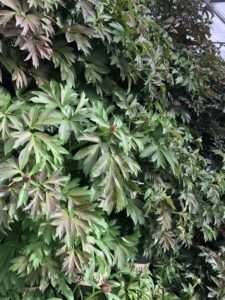
A wall of peonies loaded with buds waiting to open
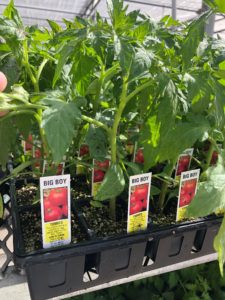
Healthy tomato plants
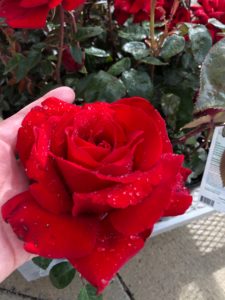
Ingrid Bergman Hybrid Tea Rose
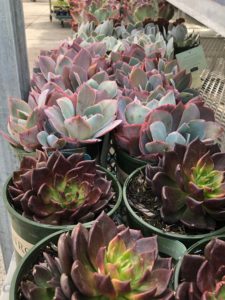
Giant succulent plants
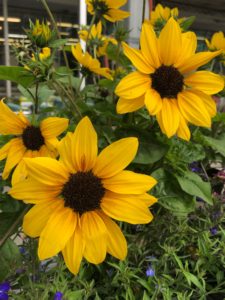
Sun-Believable Brown Eyed Susan
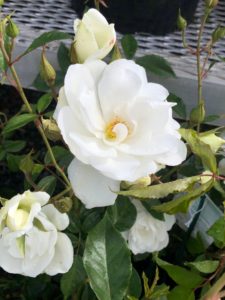
Iceberg Floribunda Rose
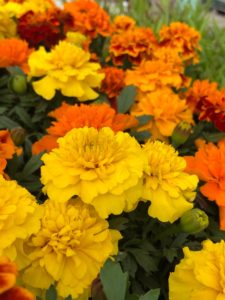
Marigolds of all varieties
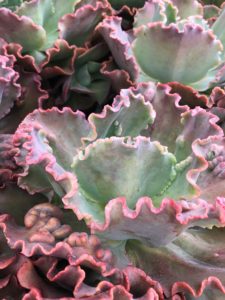
Ruffled Red Echeveria
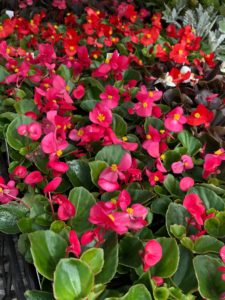
Begonias
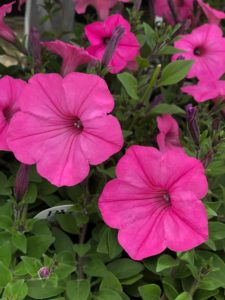
Gorgeous petunias
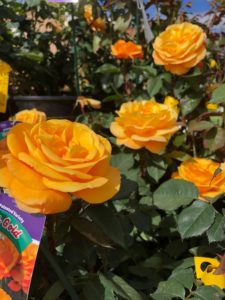
Good As Gold Hybrid Tea Rose
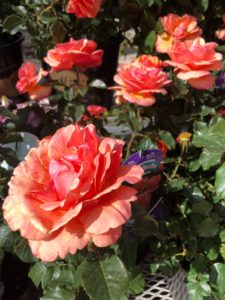
Anna’s Promise Grandiflora Rose
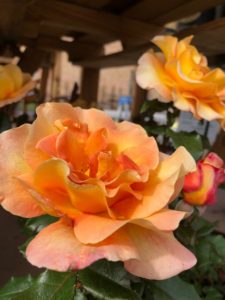
Rosie the Riveter Floribunda Rose
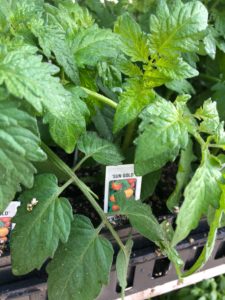
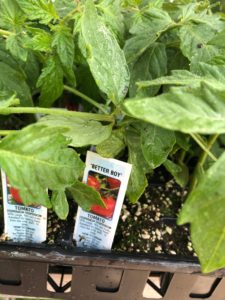
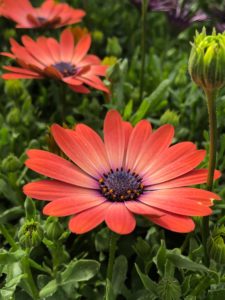
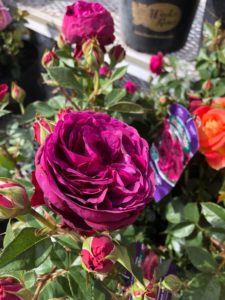
Celestial Night Floribunda Rose
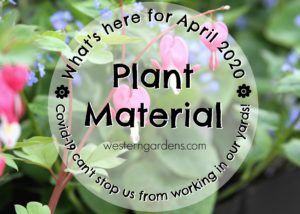 With the current pandemic situation, we now only do phone and email orders for pick up. On this page, please find some videos and photos showing the excellent prime material we’ve had delivered to our door. We will do our best to choose the best selection for your yard or needs. Just let us know what you want, and we will get it. You’ve trusted us for years, you can trust us now!
With the current pandemic situation, we now only do phone and email orders for pick up. On this page, please find some videos and photos showing the excellent prime material we’ve had delivered to our door. We will do our best to choose the best selection for your yard or needs. Just let us know what you want, and we will get it. You’ve trusted us for years, you can trust us now!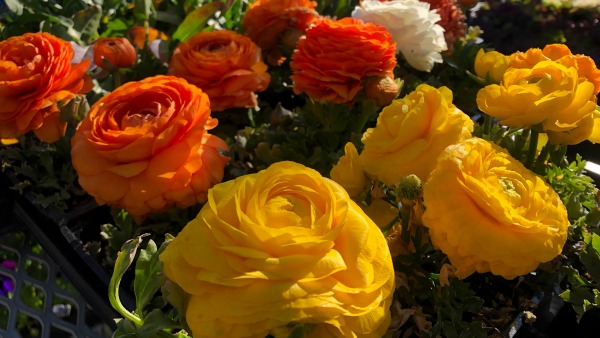
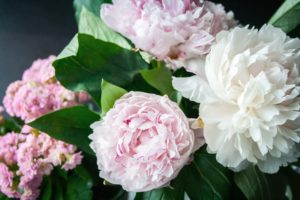
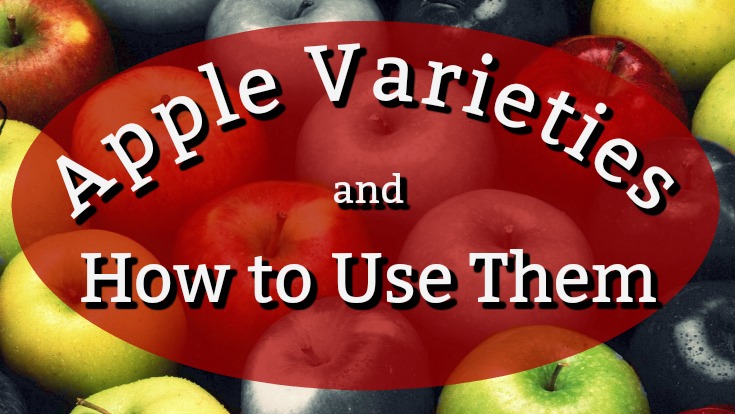
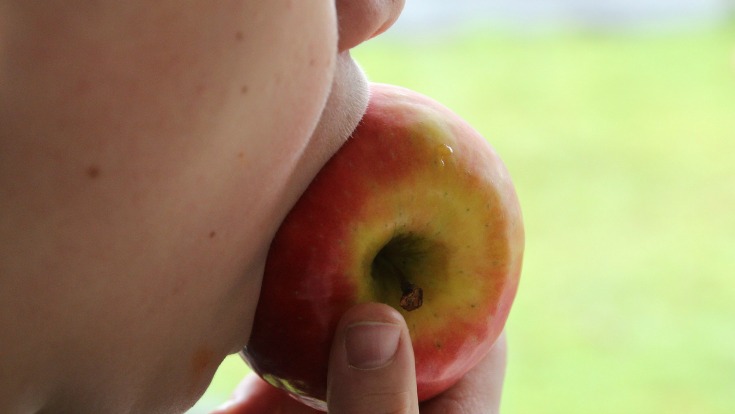
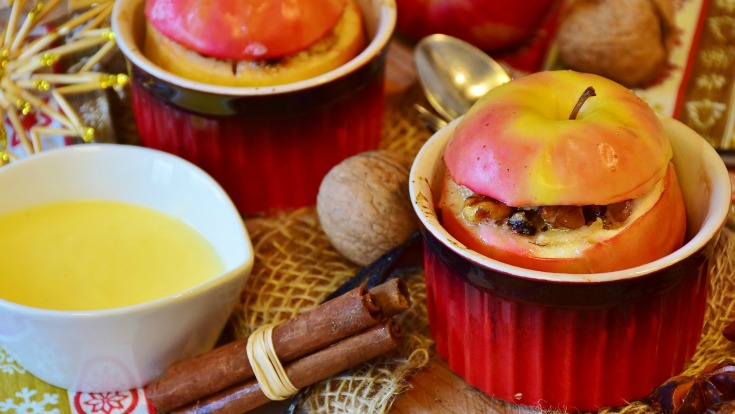
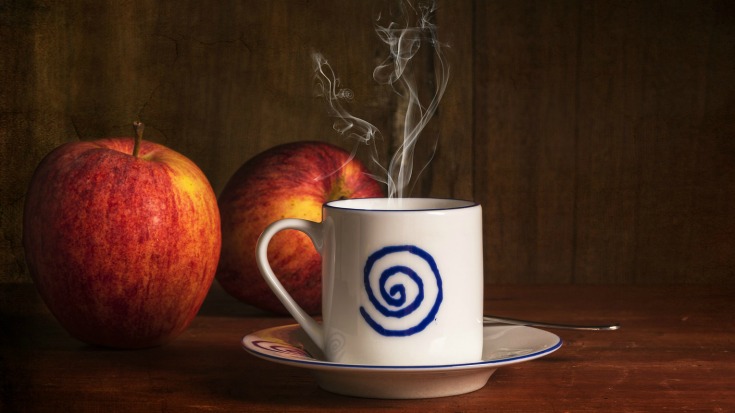
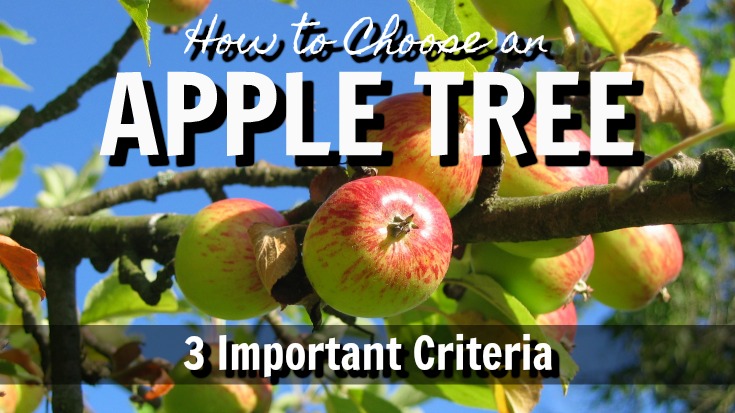
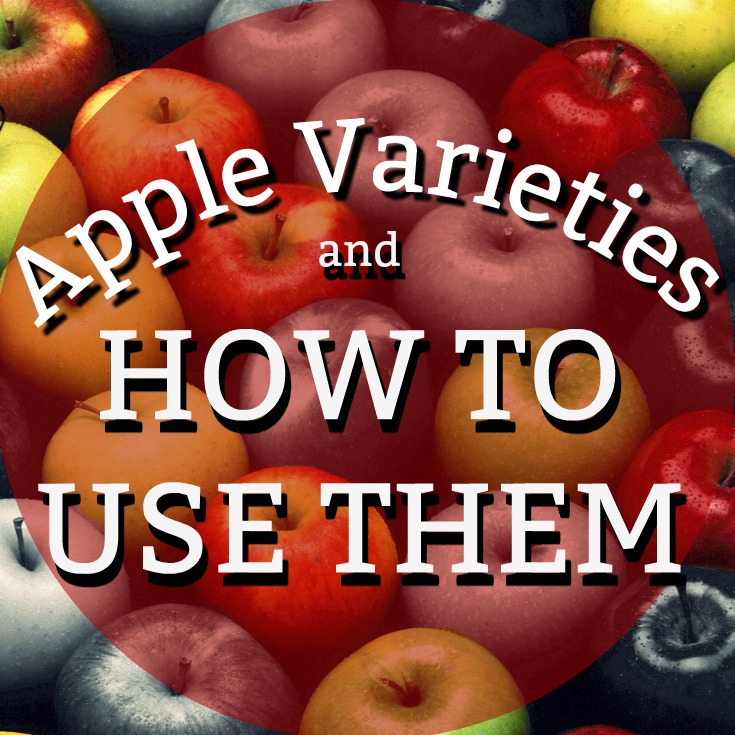
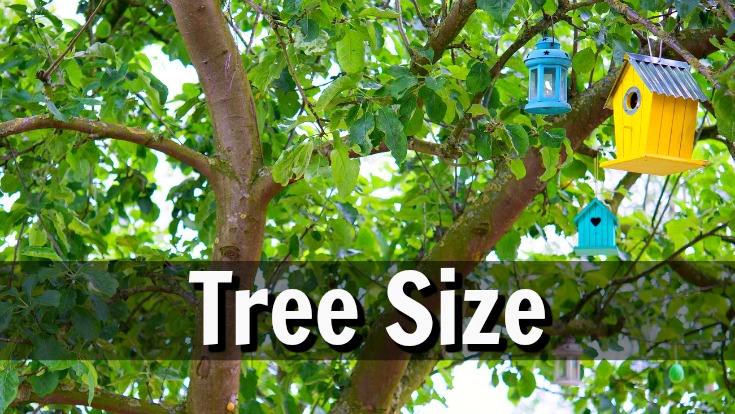
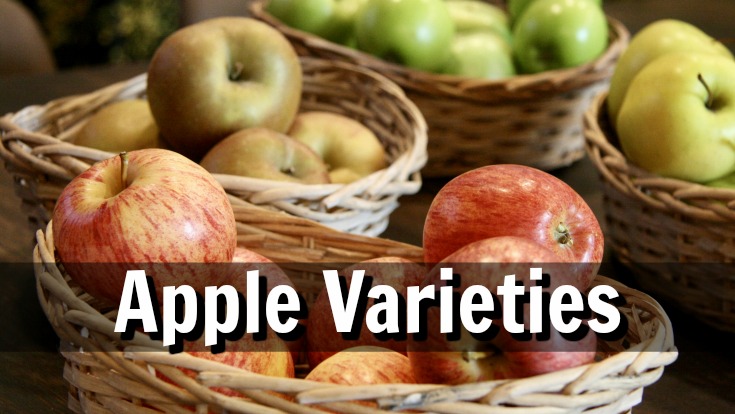
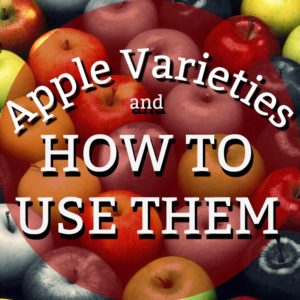
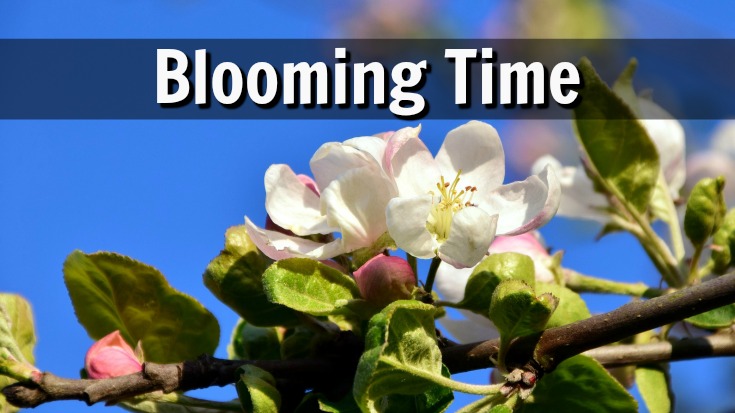
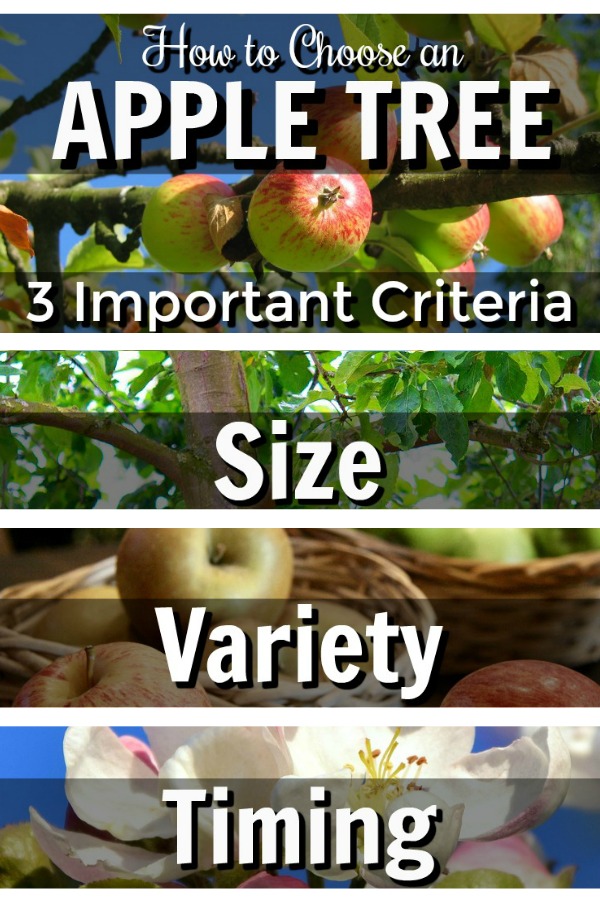
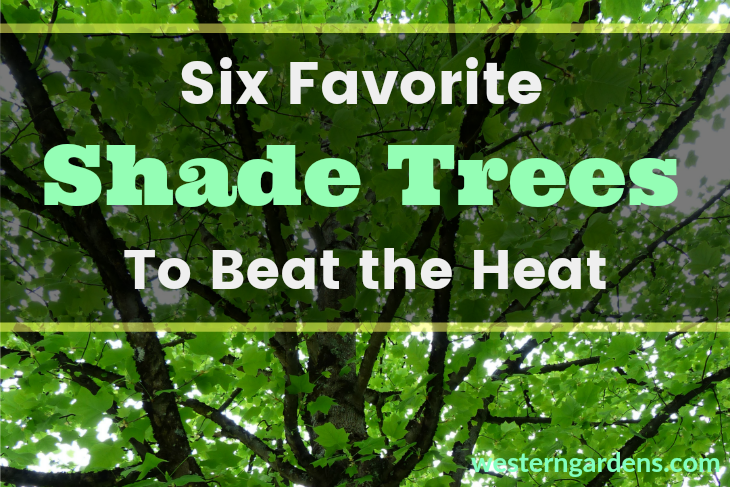
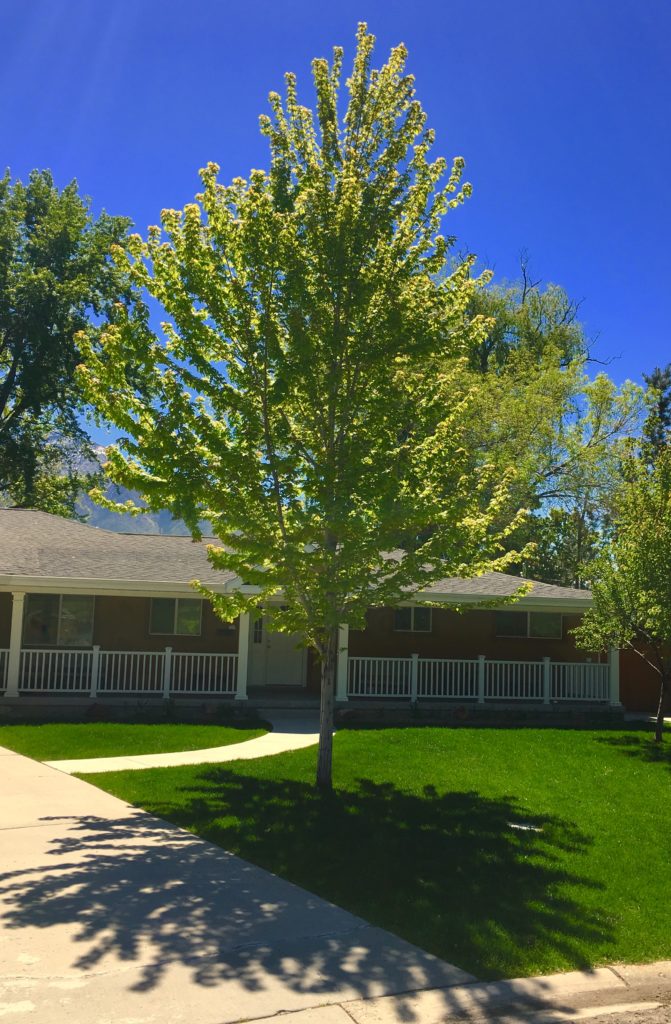
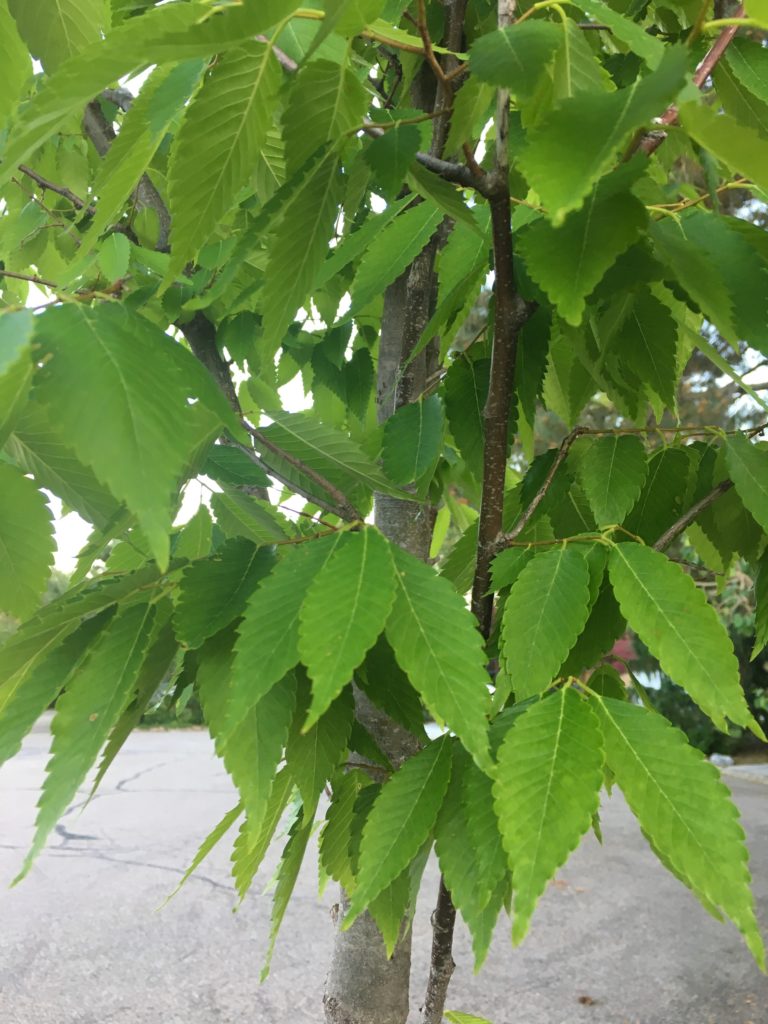
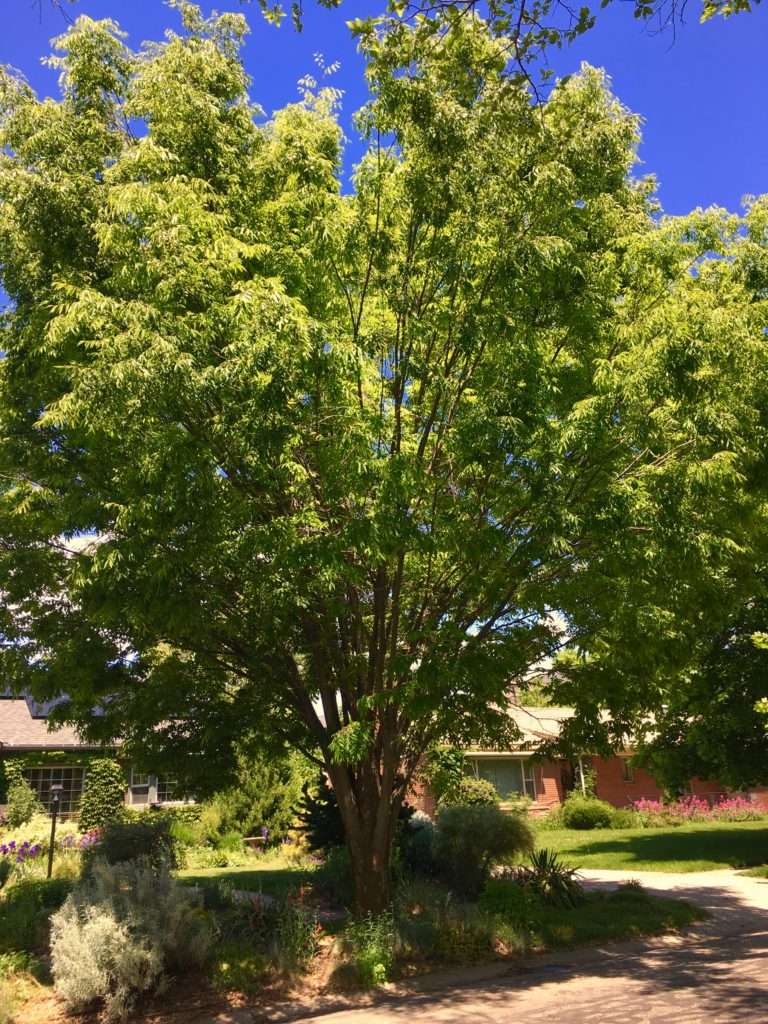
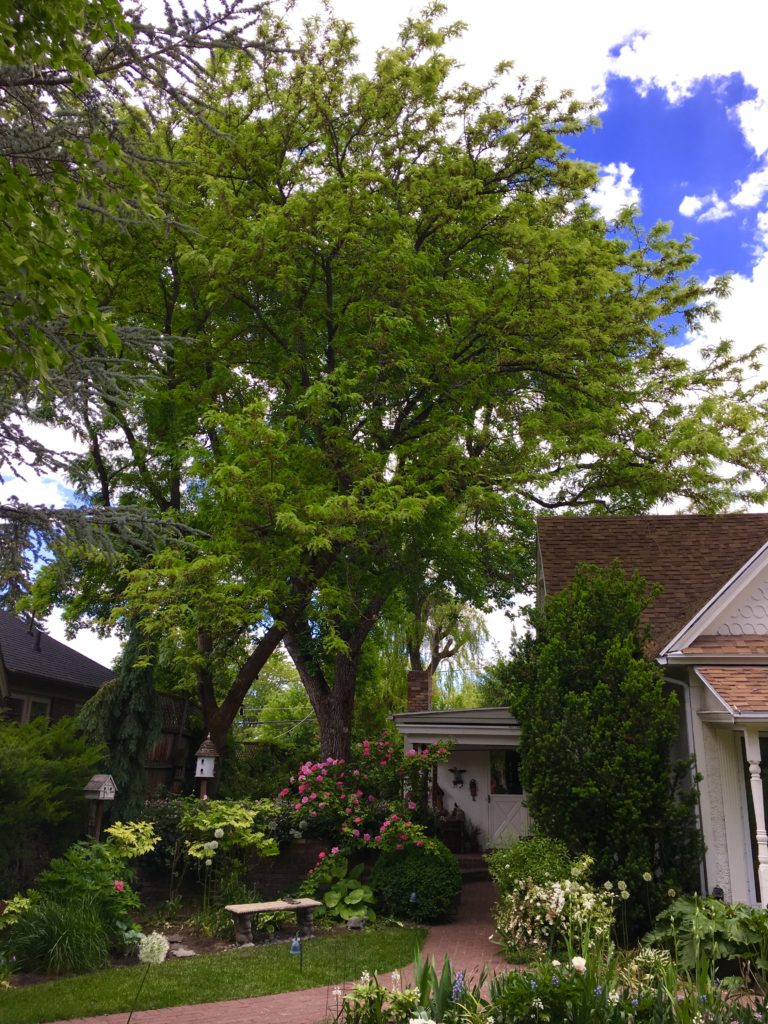
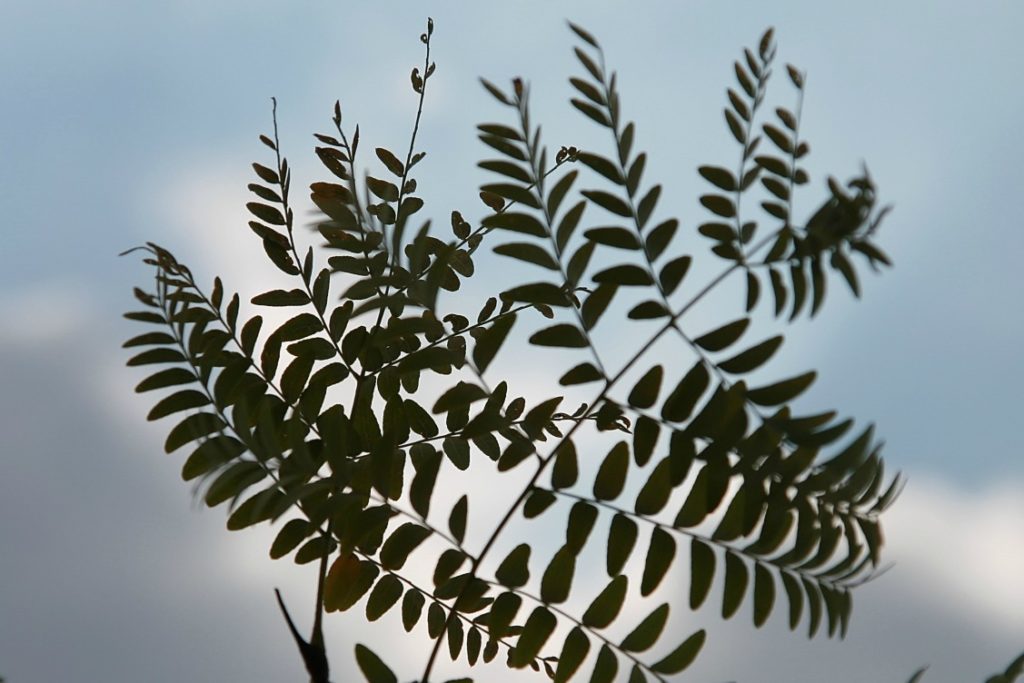
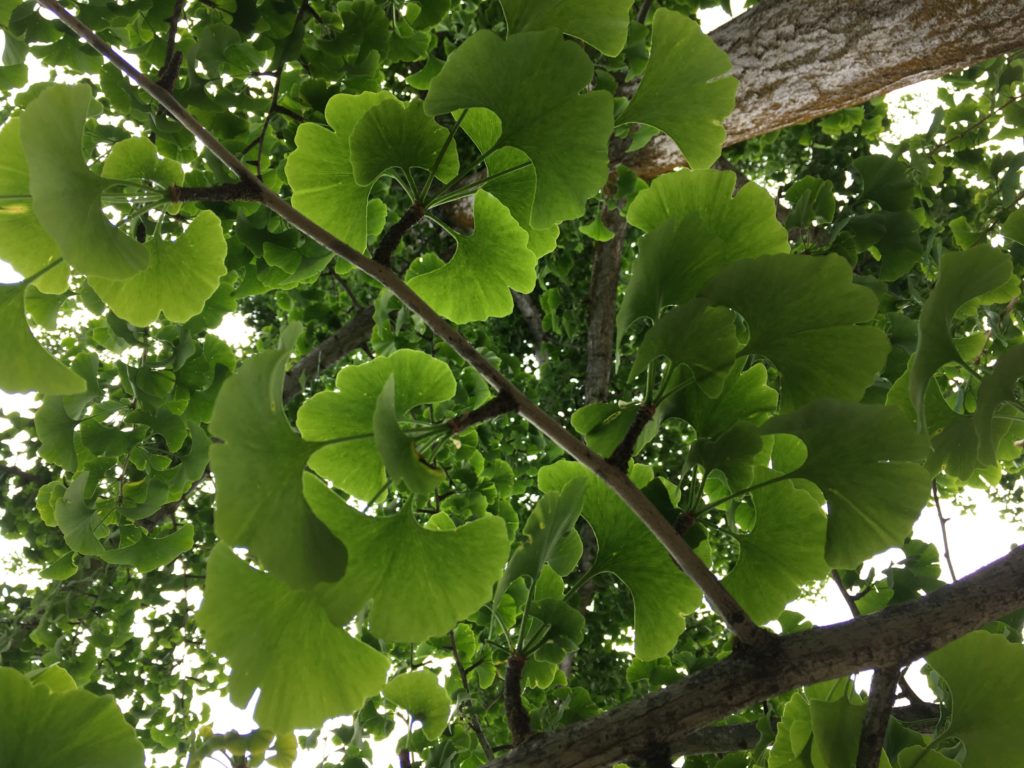
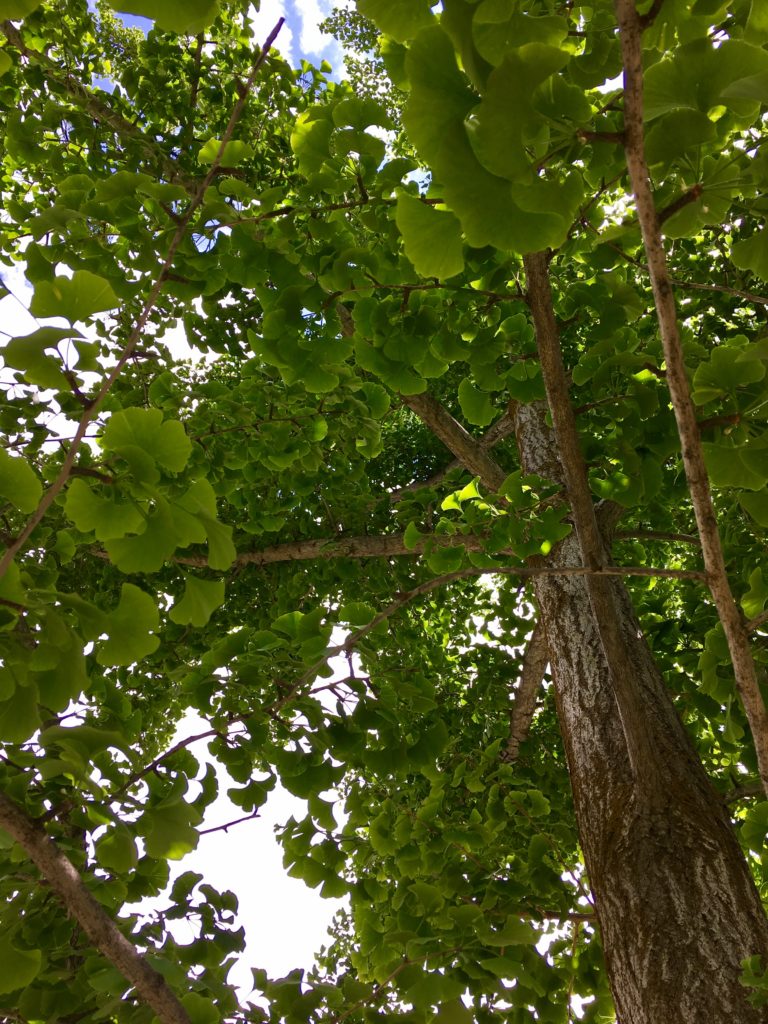
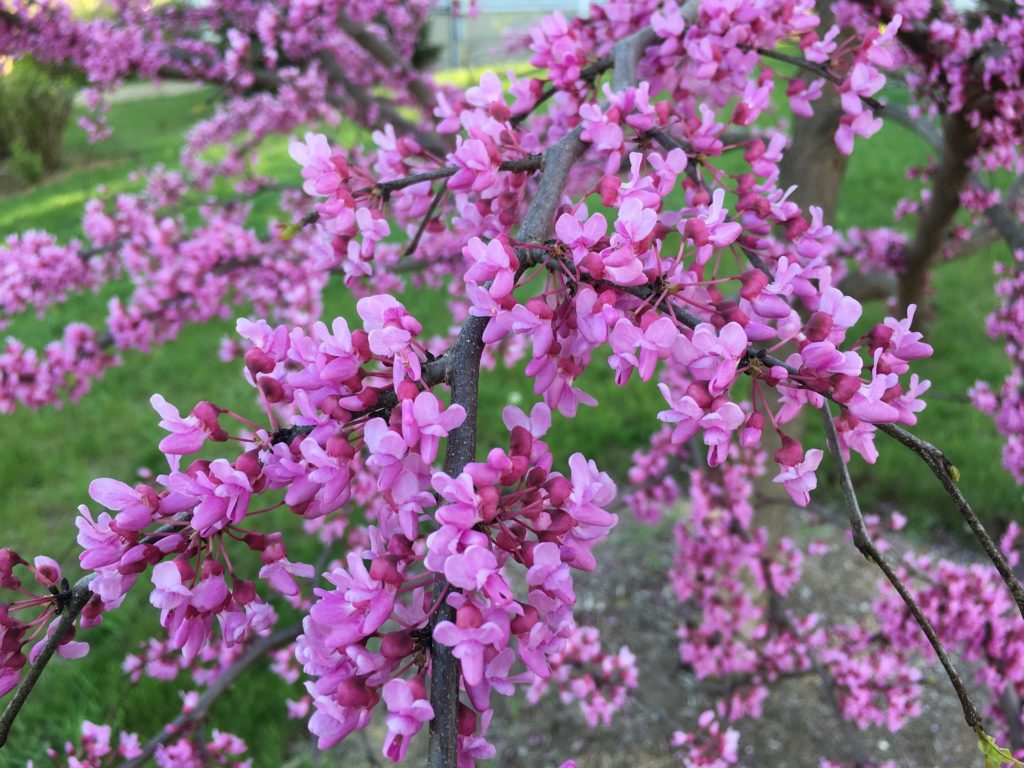
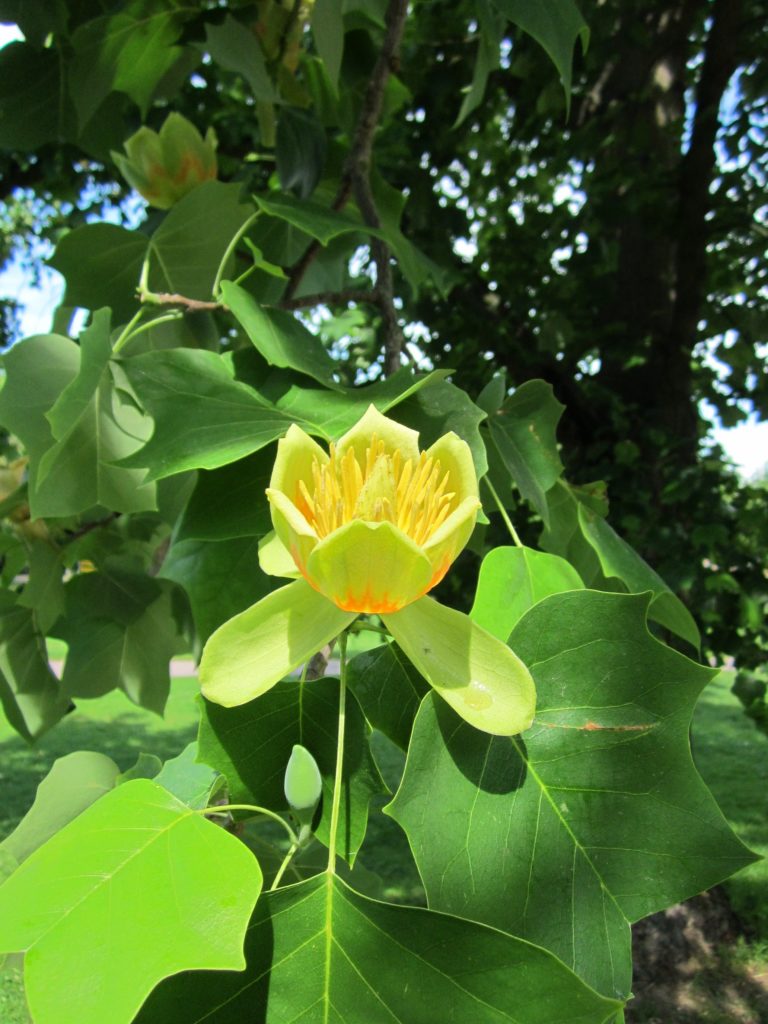
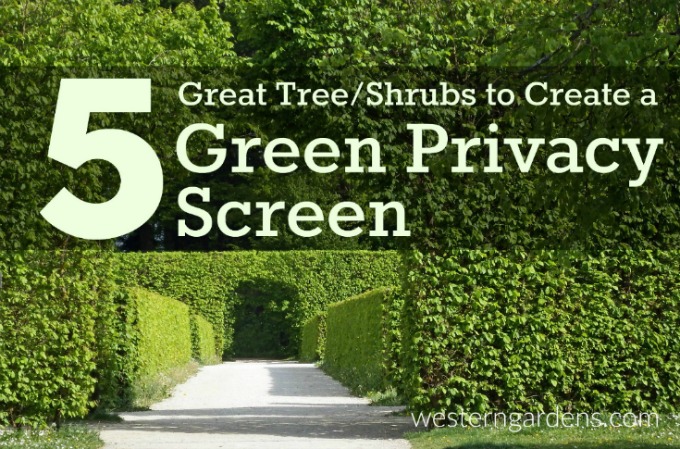
 These are one of my favorite trees, with dark green needles and a columnar shape. Mature height at 10 years is 20 feet with widths of 5-6 feet. Can grow to 30 feet tall. These are fast growing, and require full sun. Plant 5-6 feet apart for more of a hedge look. If you’d like the branching to stay tight, look for a “wellspire” variety of the Columnar Norway Spruce.
These are one of my favorite trees, with dark green needles and a columnar shape. Mature height at 10 years is 20 feet with widths of 5-6 feet. Can grow to 30 feet tall. These are fast growing, and require full sun. Plant 5-6 feet apart for more of a hedge look. If you’d like the branching to stay tight, look for a “wellspire” variety of the Columnar Norway Spruce.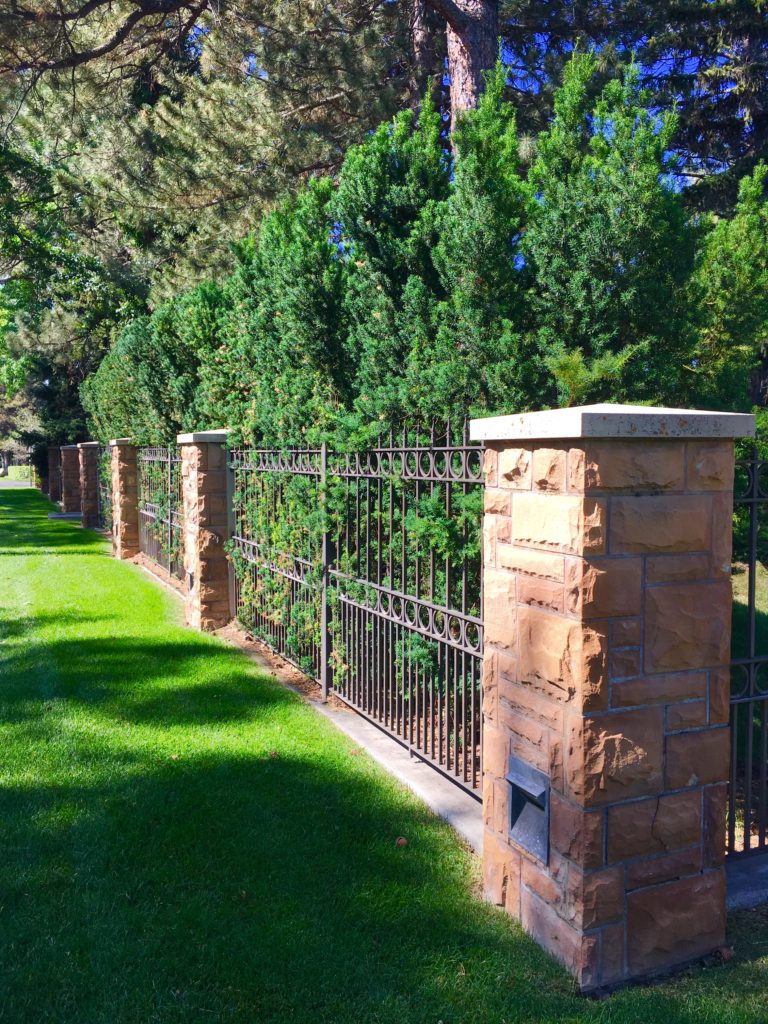 These are an evergreen shrub with a slow growth rate. Mature height is 10-12 feet tall and 3-4 feet wide. These also do well as foundation plantings and require partial to full sun. They have delicate dark green foliage. In the above photo, the hicks yew add height and privacy to a 6′ iron and stone fence. Beautiful!
These are an evergreen shrub with a slow growth rate. Mature height is 10-12 feet tall and 3-4 feet wide. These also do well as foundation plantings and require partial to full sun. They have delicate dark green foliage. In the above photo, the hicks yew add height and privacy to a 6′ iron and stone fence. Beautiful!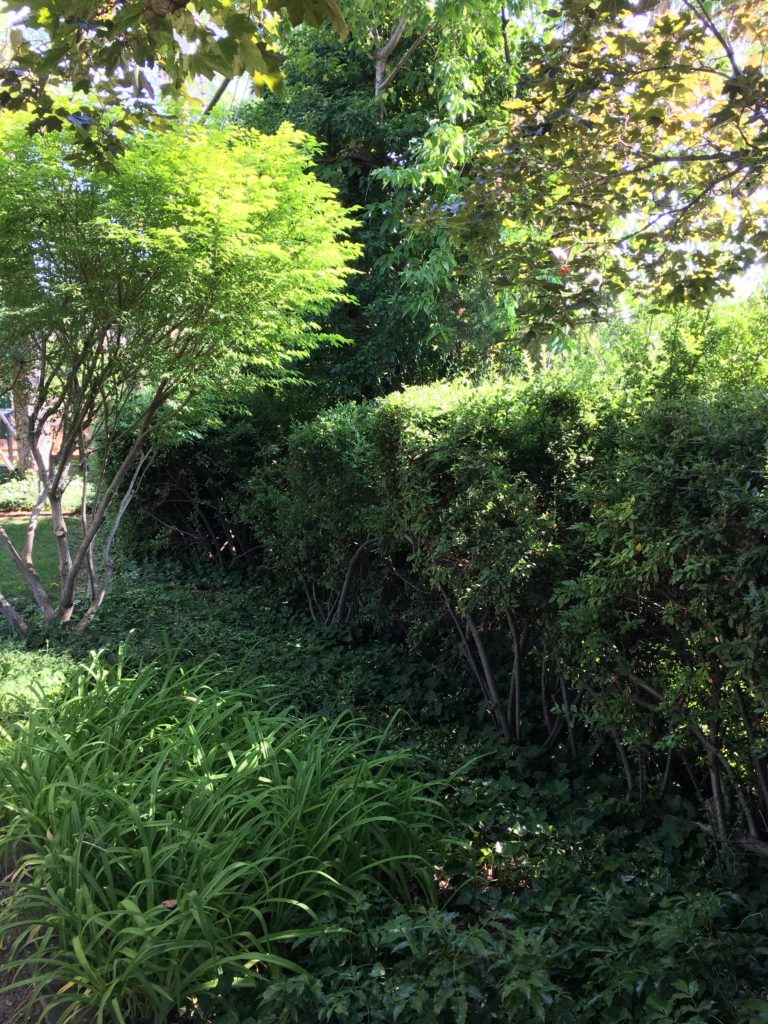 This is a fast growing shrub or tree, that does well in sun, part shade, or shade. It has green foliage year round, and berries that attract birds. Be warned, it has sharp thorns that are great at keeping unwanted people/animals out. Pyracantha is fast growing and if you begin trimming it, you will continue painfully doing so every 4 weeks forever. Letting to grow naturally (without trimming), will quickly give you a high green privacy screen. The variety Yukon Belle grows to 8-10 foot high privacy screen. It grows 6-8 feet wide so be wise where you plant. Some varieties grow to be 12 feet tall and wide. Ask your local expert at Western Gardens what variety is best for your yard. There are several.
This is a fast growing shrub or tree, that does well in sun, part shade, or shade. It has green foliage year round, and berries that attract birds. Be warned, it has sharp thorns that are great at keeping unwanted people/animals out. Pyracantha is fast growing and if you begin trimming it, you will continue painfully doing so every 4 weeks forever. Letting to grow naturally (without trimming), will quickly give you a high green privacy screen. The variety Yukon Belle grows to 8-10 foot high privacy screen. It grows 6-8 feet wide so be wise where you plant. Some varieties grow to be 12 feet tall and wide. Ask your local expert at Western Gardens what variety is best for your yard. There are several.